Dionne Lee, a seasoned real estate investor with nearly 30 years of experience, recently shared her journey of making almost £100,000 in profit from her initial house flip and subsequently acquiring 18 properties.
Having ventured into the property market at the age of 20, she diligently worked three jobs to gather the necessary deposit for her first home, initially priced at £66,100 ($83,500).
Through strategic renovations, she managed to sell it for £160,300 ($202,500) after seven years. Now a financial coach and founder of A Woman Inspired, Lee imparts valuable advice, starting with insights into the major pitfalls to avoid.
In her words, “My first property purchase was one of the better buys,” the 47-year-old, from Queensland, Australia, told AbsolutelyBusiness.com.
READ MORE: ‘I’m 23 and just bought my first house by saving £25,000 in ONE year – here’s how I did it’
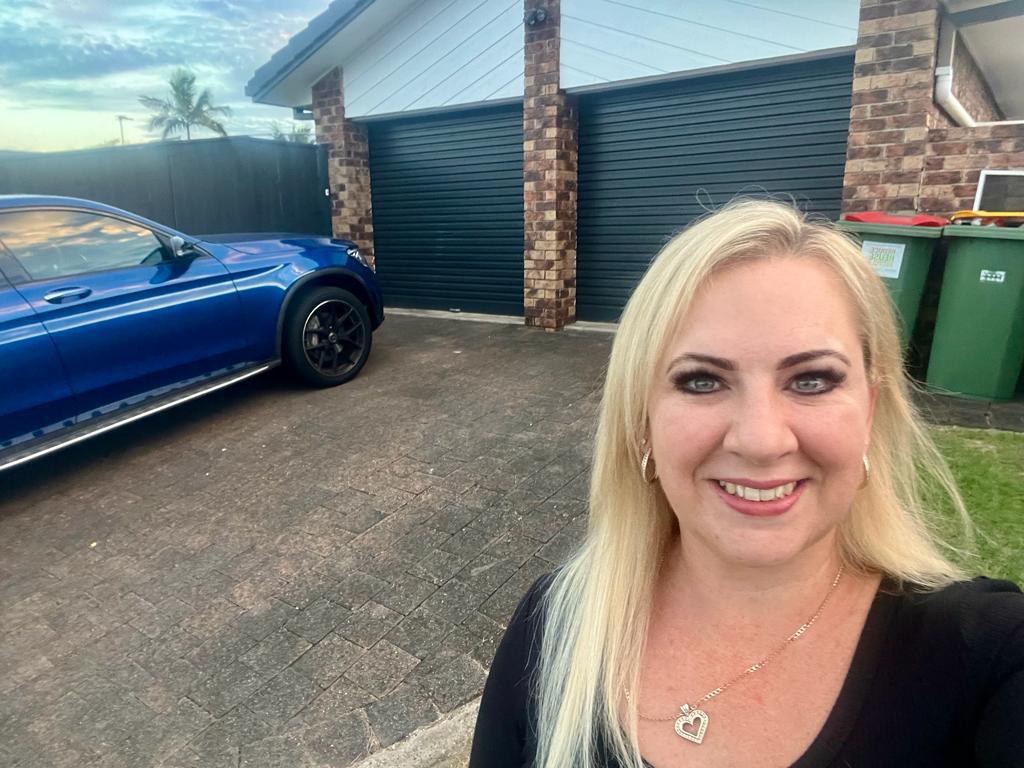
Dionne Lee’s journey involved hard work and strategic financial planning. While working three jobs, she diligently saved from her second and third jobs, along with a significant portion of her main job income.
Her initial goal was to find affordably priced properties in prime locations that could cover their own expenses. The first property purchase marked a significant achievement, requiring minimal renovation costs of approximately £2,600 ($5,000).
Reflecting on the experience, Lee acknowledges a key mistake – the decision to sell the property. She clarifies that her original intention was not to sell any of her properties, but circumstances, such as a new job opportunity and subsequent challenges, led to some sales.
An unforeseen job setback after moving interstate prompted a quick decision on which property to sell for financial manageability. Lee emphasizes that retaining the property would have resulted in a debt-free, appreciating asset with passive rental income.

Utilizing the equity from her initial property, Dionne effectively financed subsequent purchases, creating a chain reaction of property acquisitions fueled by smart financial leveraging.
“I held down three jobs and managed to save money from my second and third jobs, along with a significant portion from my main job. I sought lower-priced yet well-located property to cover its own expenses. Buying that first property felt like a significant achievement, considering it was the most challenging. For the renovation, I spent a minimal amount, around £2,600 ($5,000).
The major mistake was selling it, unintentionally, due to unforeseen circumstances. I had relocated interstate for a new job, which fell through, leading to a tough decision on selling a property for affordability. Had I retained it, the property would be debt-free, with increased value and passive rental income. Since then, I’ve acquired a total of 18 properties. Using equity from the first, I funded the next property and continued this pattern.”
Dionne elaborates: “I have purchased properties across Australia, ranging from as low as £33,400 ($63,500) to £733,900 ($1,395,000). My property journey began in South Australia, where I bought four in five years. Upon moving to the Australian Capital Territories, I acquired two more during my nine-year stay. In addition, I invested in Victoria and South Australia. Upon settling in Queensland in 2013, I added five more properties, concurrently investing in Western Australia.”
Dionne reflects on the challenges faced by newcomers in the housing market, emphasizing the importance of avoiding emotional decision-making. To assist those navigating their first home purchase, she shares six essential tips that have been instrumental in her success.
SPEAK WITH PROFESSIONALS
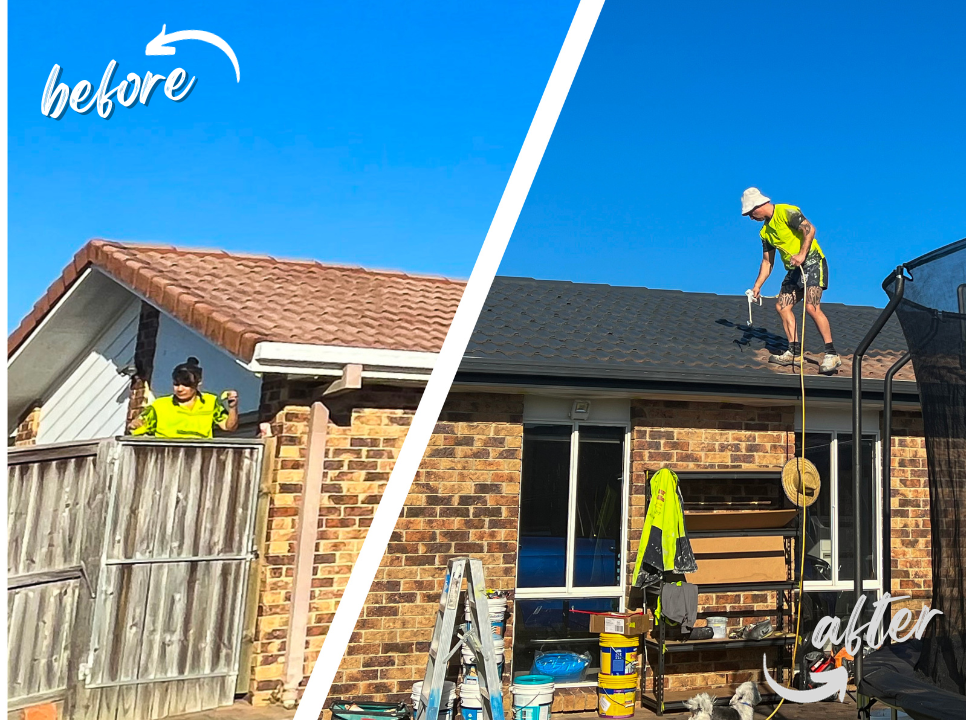
Dionne advises, “Consult with an experienced mortgage broker who owns multiple properties, providing personal insights on structuring cost-effective and tax-efficient loans. Opt for a Solicitor over a conveyancer to gain a comprehensive understanding of the property you’re buying and receive proper legal advice. Given the substantial financial transaction involved, a clear understanding of the property and potential issues is crucial.”
MAKE A LIST OF WHAT YOU ARE LOOKING FOR
She highlights the significance of creating a checklist for property purchases. “Many buy without a checklist, leading to eventual regret and property sale. Being clear involves assessing numbers, location, area infrastructure, government spending, and employment opportunities.
Make a list of must-haves and optional items. Emotional purchases are acceptable for your home but should be avoided when investing. Stick to facts and a strict checklist when buying investment properties.”
BE THOROUGH TO AVOID ADDITIONAL COSTS

Dionne emphasizes, “Never purchase without a building and pest inspection. Understand potential expenses and costs associated with the property. Be aware of government fees and additional purchase costs beyond the deposit. A thorough understanding of these costs is essential before proceeding with the purchase.”
SET SOME EXTRA MONEY ASIDE AND UNDERSTAND COSTS

“Understand your numbers, including how much personal money is required for the deposit and purchase costs. Know repayments based on current and potential interest rates, preparing for possible increases.”
TALK TO THE BANK
Dionne stresses, “Ensure you have pre-approval and a properly assessed loan application with a ‘conditional approval’ from the bank. A quick chat with a mortgage broker or banker differs vastly from submitting a full loan application. Avoid the risk of signing a contract for a property you can’t obtain finance for. Understand how a bank offset account works and ensure your loan product includes at least one offset account, providing substantial interest savings.”
NEGOTIATE
“Negotiate skillfully or enlist an experienced property investor for negotiations.”
READ MORE: From Council Estate to Landlord: How I Acquired 15 Homes in Just Three Years




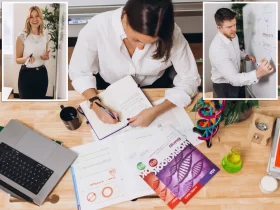
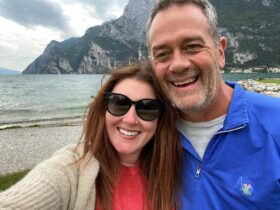
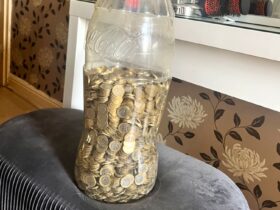

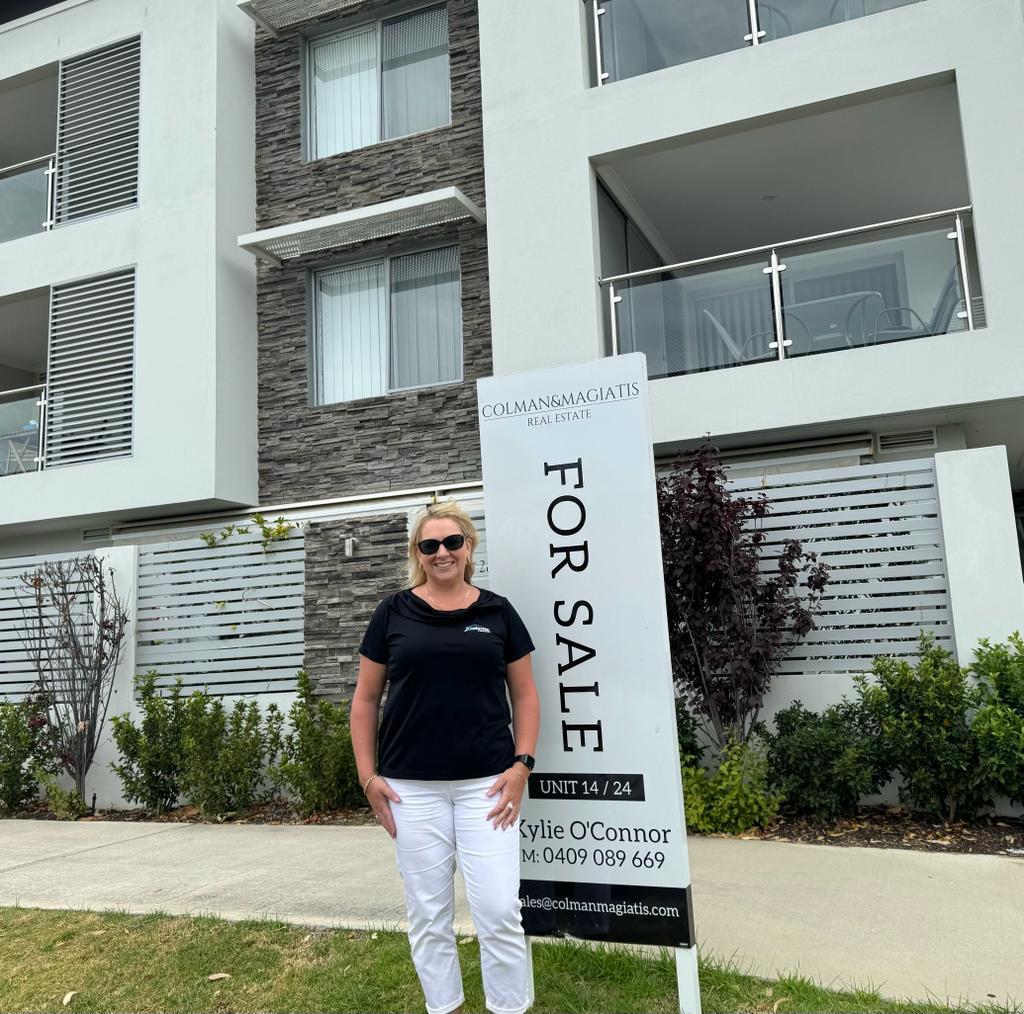








Got a Questions?
Find us on Socials or Contact us and we’ll get back to you as soon as possible.